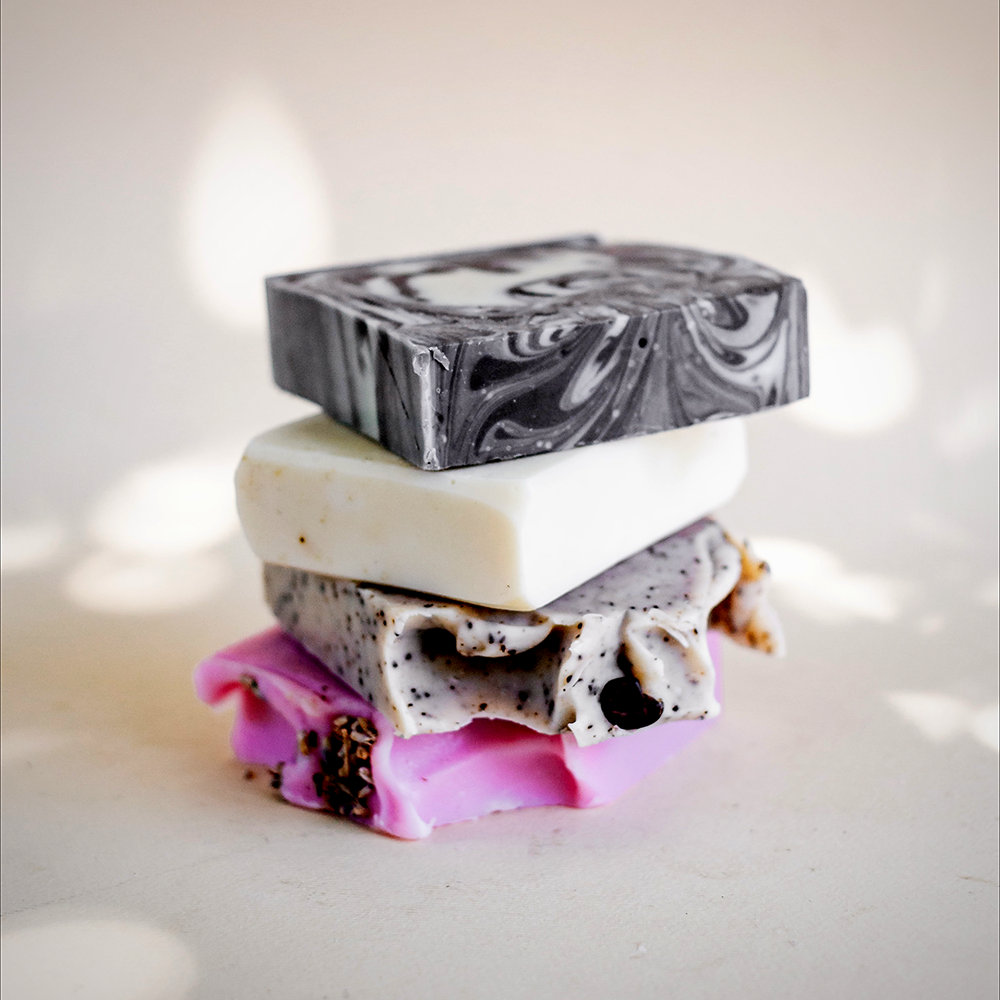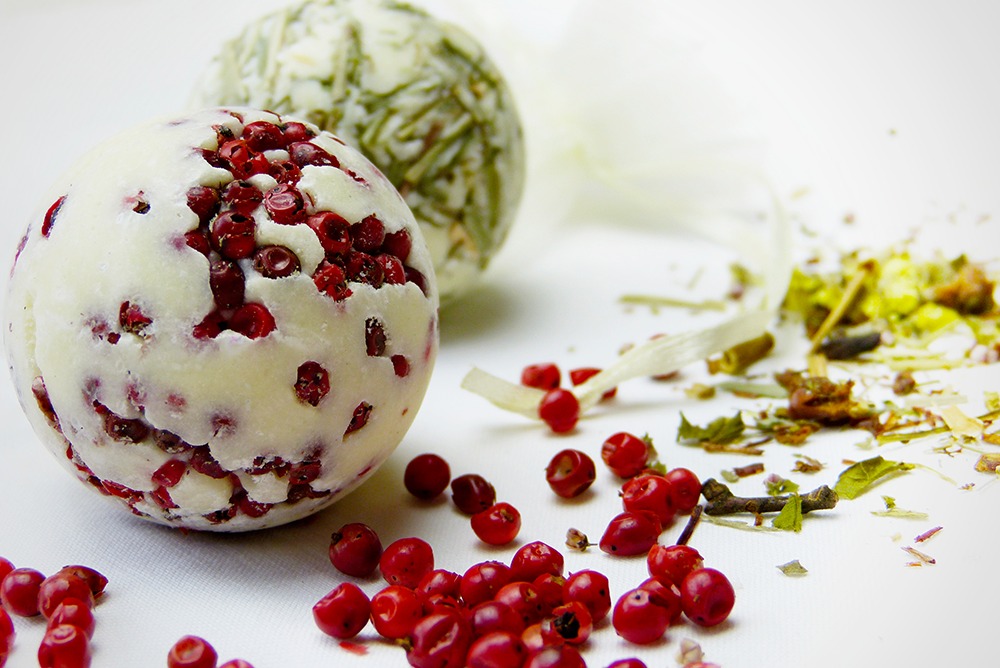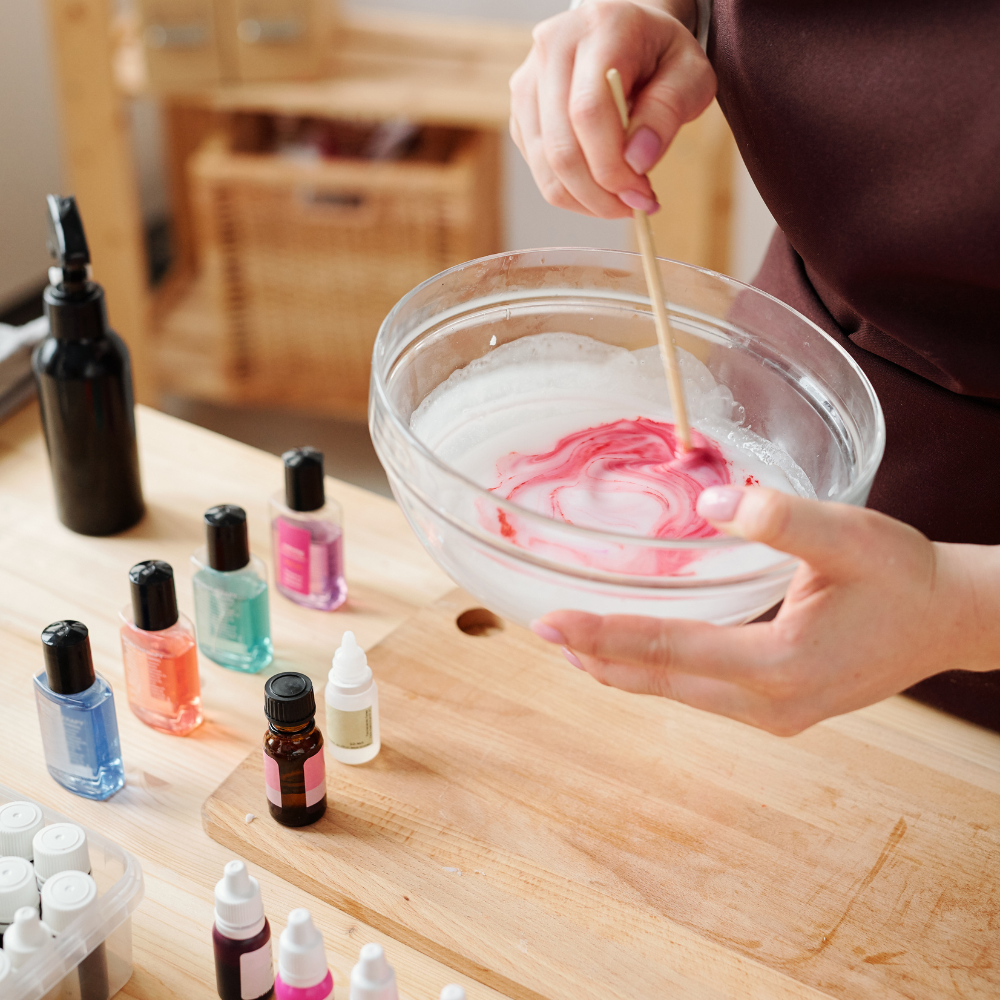Are you an artist looking for a fun and creative DIY project?
Whip up your own work of art that you can use to sparkle around the house!
Soap making might be the perfect hobby for you!
Not only is it a fun way to experiment with colors, scents, and textures, but it's also practical - everyone needs soap!
Whether it's your first time soap making or you're an experienced craft guru, this guide will provide everything you need to start mixing and muddling together colorful creations.
It'll be like having your very own science lab in your kitchen – just with lots more bubbles!
So, grab some clear tallow, cocoa butter, sweet almond oil, lye solution - we've got all the tips and tricks necessary to create bubbly clean fun in no time.
Let's get started crafting delightful DIY soaps!
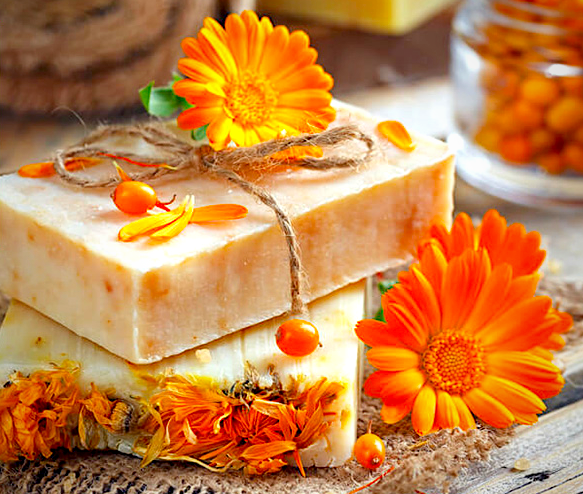
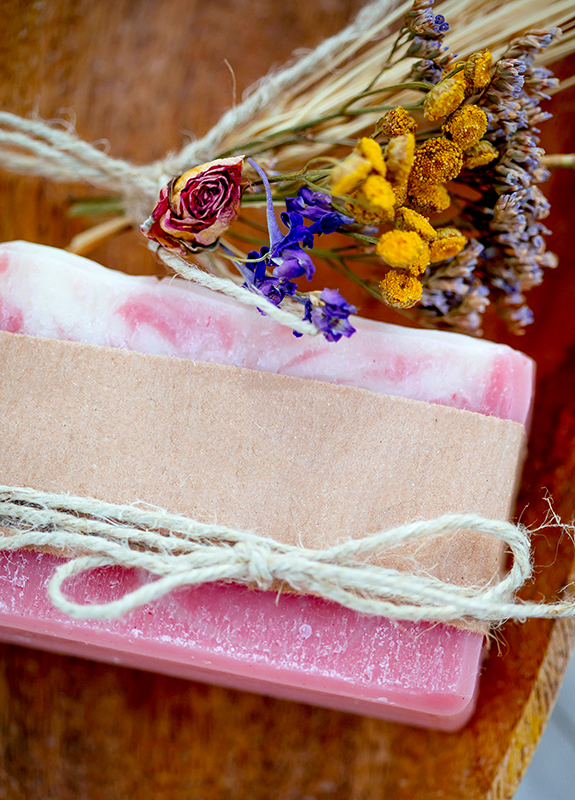
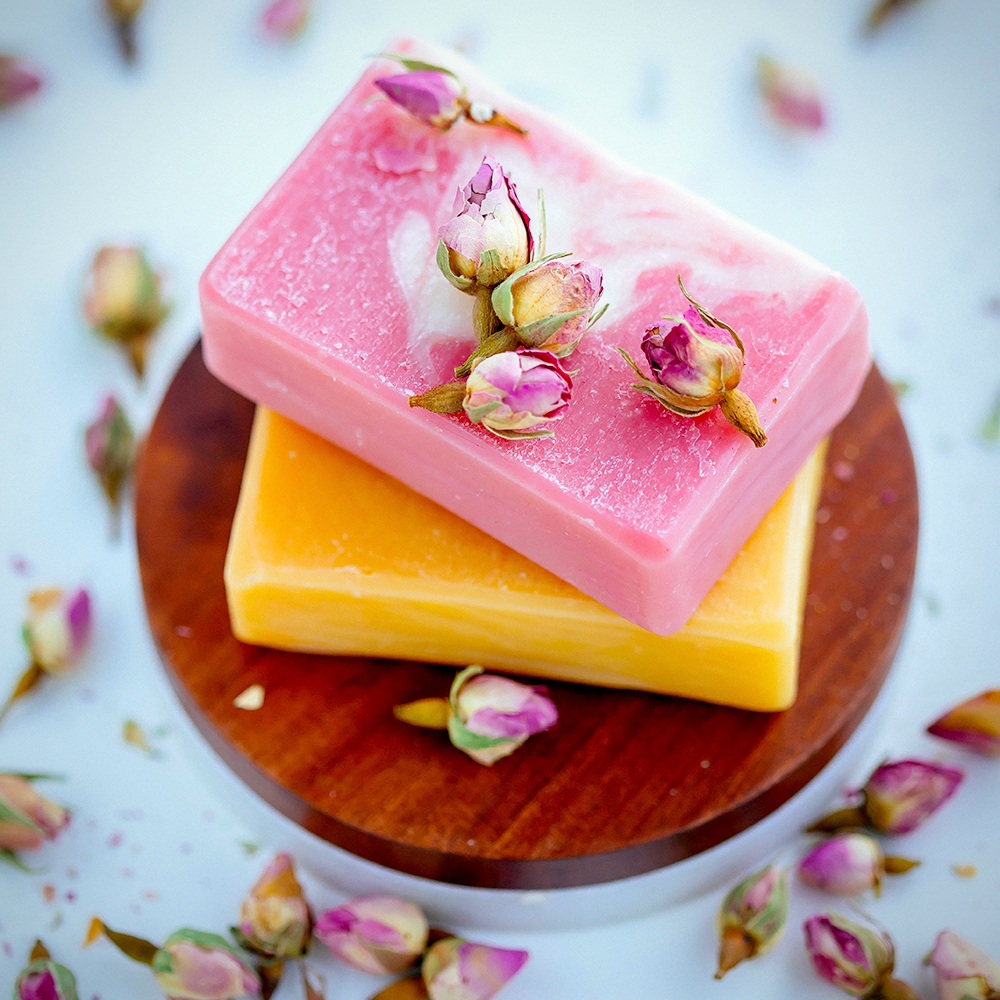
Use a Soap Making Calculator to Measure Accurately
Soap making involves precise measurements, and if you don't use the right amount of ingredients or additives, you might end up with a soap that's too soft, too harsh, or doesn't lather well.
A soap making calculator can help you determine the right amount of lye, water, and oils for your recipe.
Measuring ingredients accurately is critical to soap making's success, so use a kitchen scale to measure ingredients in grams and ounces to avoid any errors in the recipe.
It's also essential to use distilled water instead of tap water, as tap water can contain impurities that affect the soap's chemical reaction.
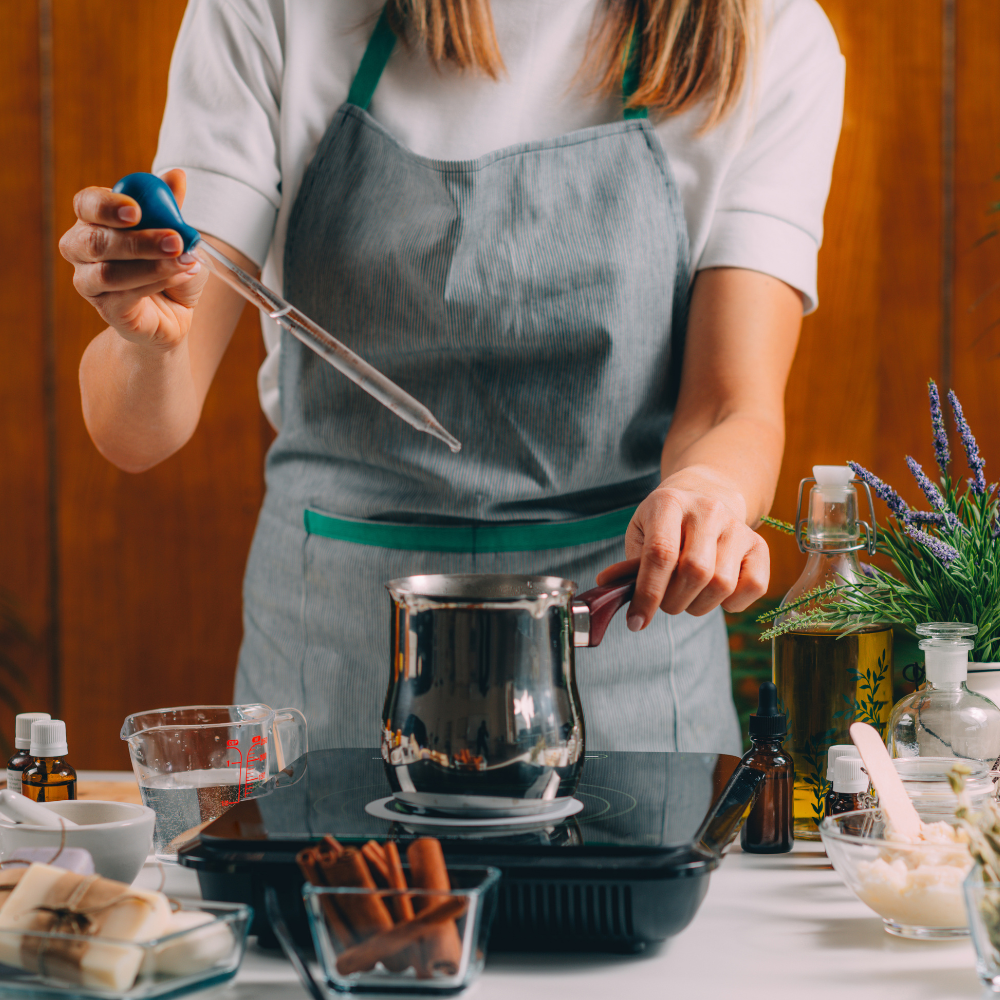
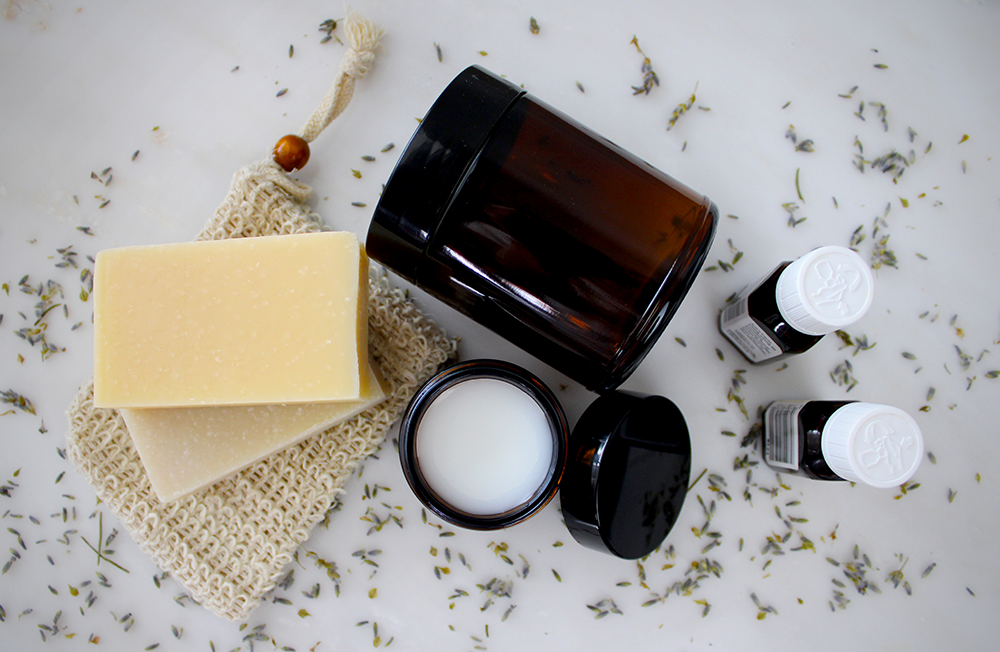
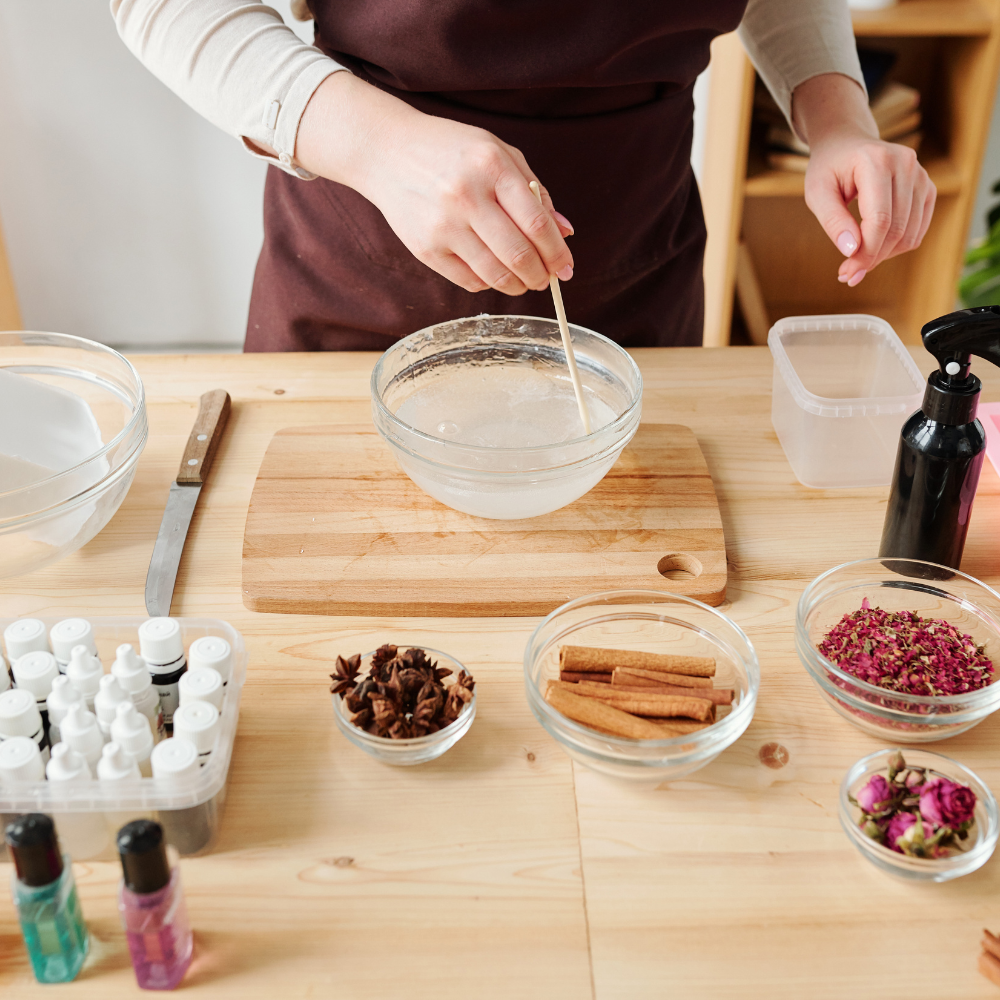
Invest in High-Quality Ingredients
The quality of your ingredients can make all the difference in the final product.
Look for oils and butters that are unrefined, organic, and cold-pressed.
You might also want to experiment with exotic ingredients like goat milk, honey, or sea salt.
When it comes to making soap, quality ingredients make all the difference.
Use high-quality oils and butters to ensure that your soap is moisturizing, nourishing, and gentle on the skin.
Shea butter, coconut oil, olive oil, palm oil, and cocoa butter are popular choices for making luxurious soaps.
Sunflower oil, cocoa powder, and honey can also be added to give your bars an extra special touch.
Each has its own unique characteristics and saponification value, so it's important to do your research before you start mixing.
Experiment with different fatty acids and try out new combinations of oils to create a unique homemade soap blend.
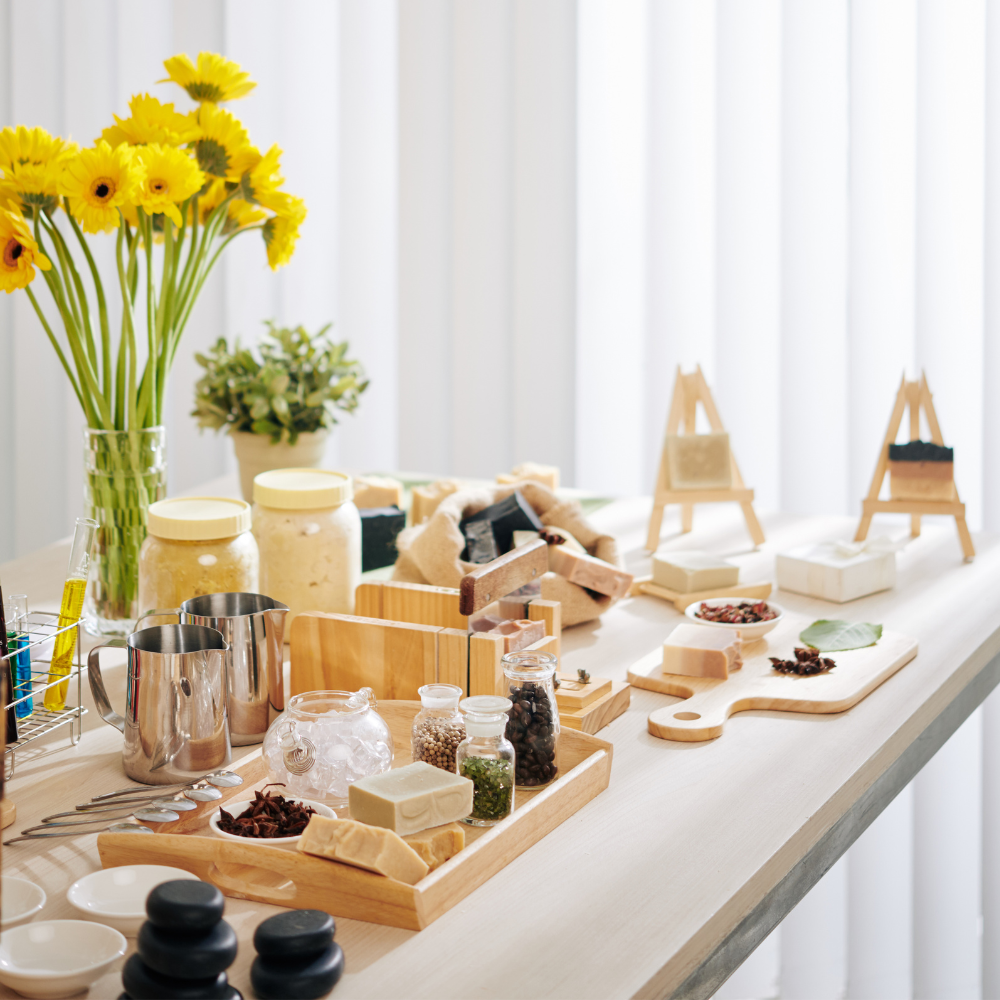
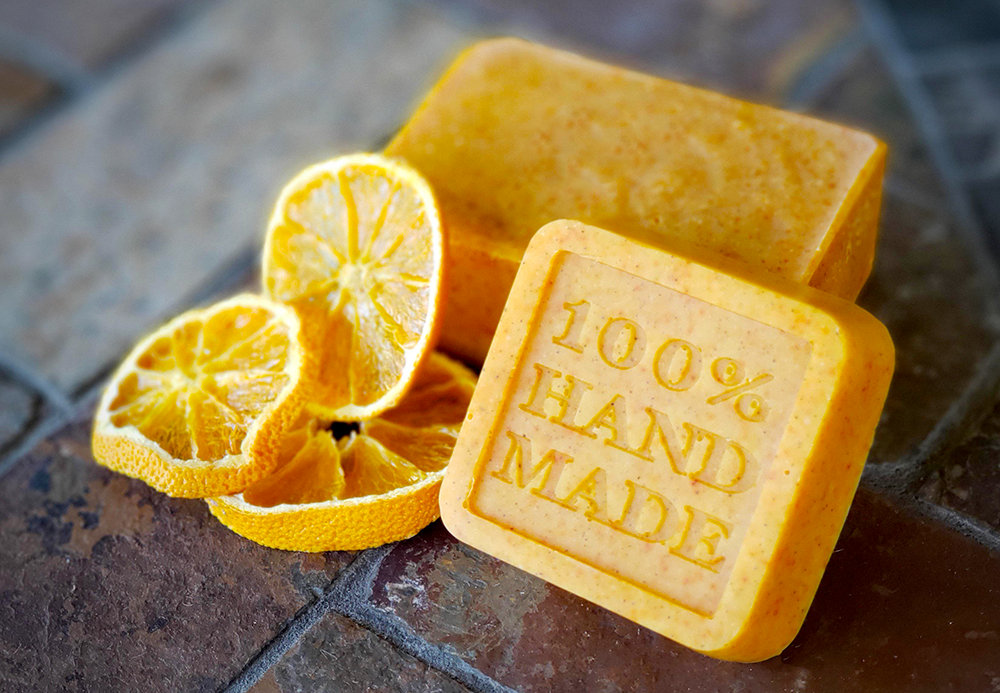
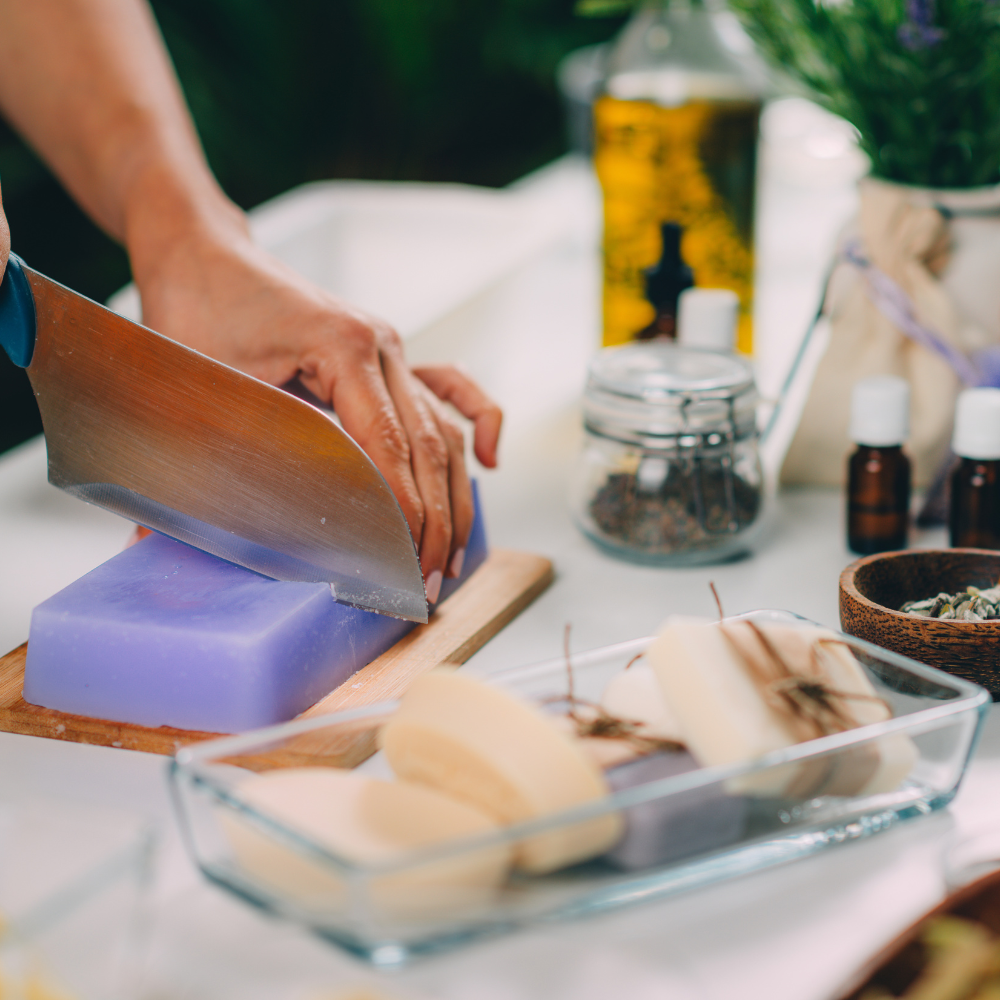
Try Natural Colorants and Scents
Adding scent and color to your soap is where you can really let your creativity shine.
Essential oils, fragrance oils, and natural colorants can be used to add a unique scent and color to your soap.
However, it's important to note that some essential oils can accelerate trace and affect the soap's texture, so be sure to do your research and follow recommended usage rates.
Synthetic colorants and fragrances might be cheaper and easier to use, but they can be harmful to the skin and the environment.
Natural alternatives like clay, herbs, essential oils, and botanical extracts can add color and scent to your soap without compromising its quality.
Using an essential oil blend or a combination of natural colorants can create a truly unique and luxurious bar of soap.
Honey soap, milk soap, and herbal soap can be just as beautiful and luxurious as their synthetic counterparts.
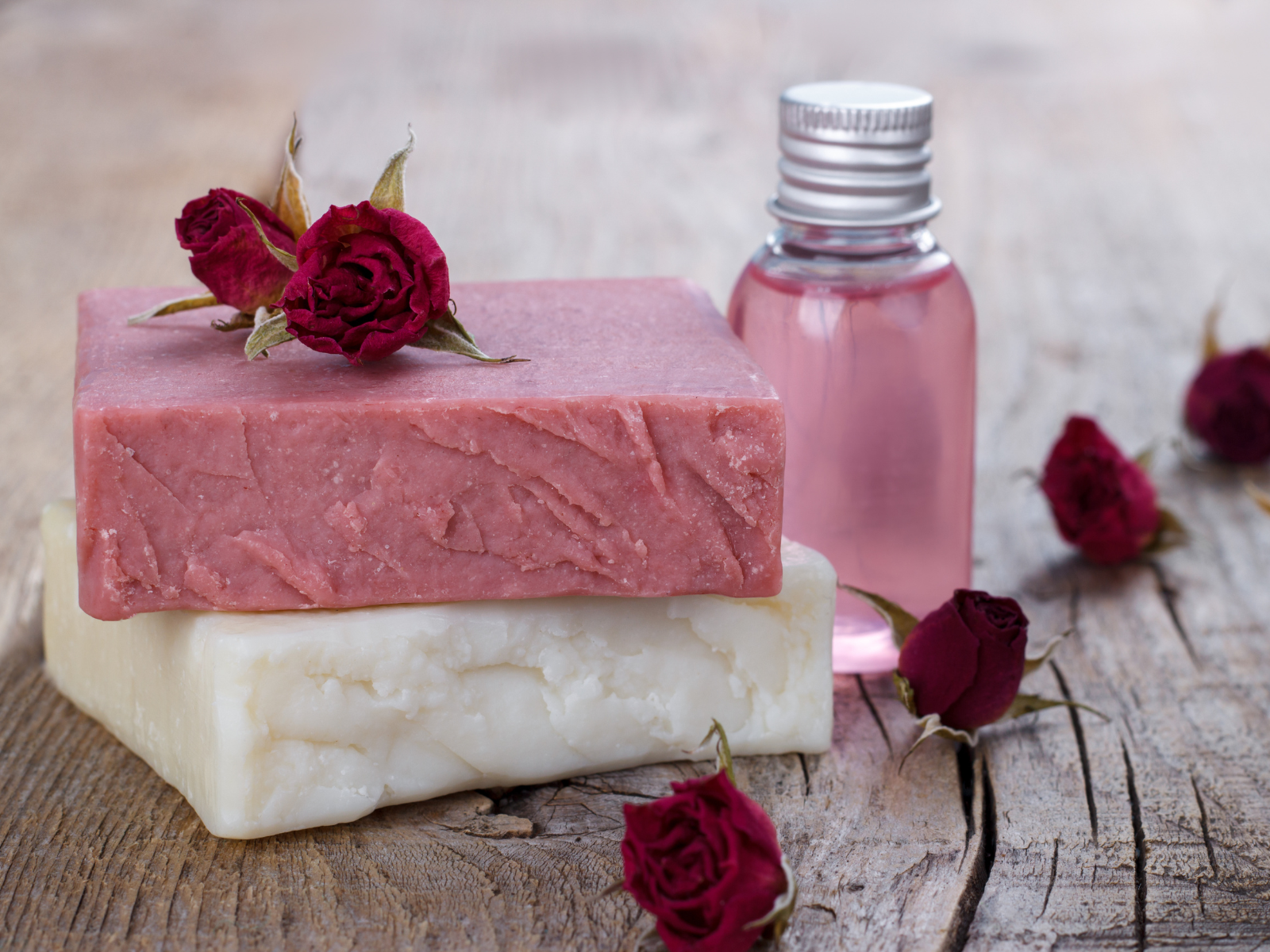
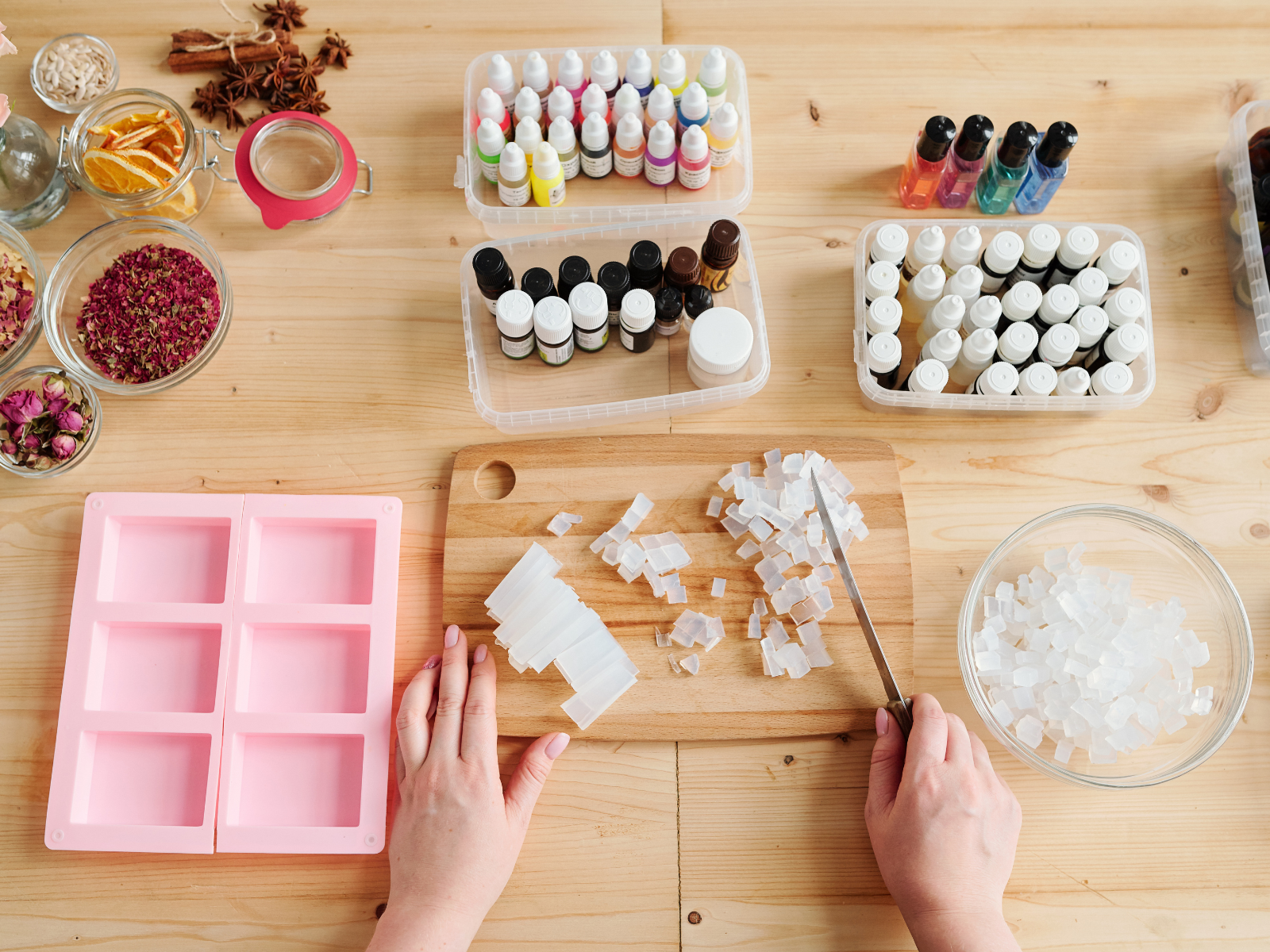
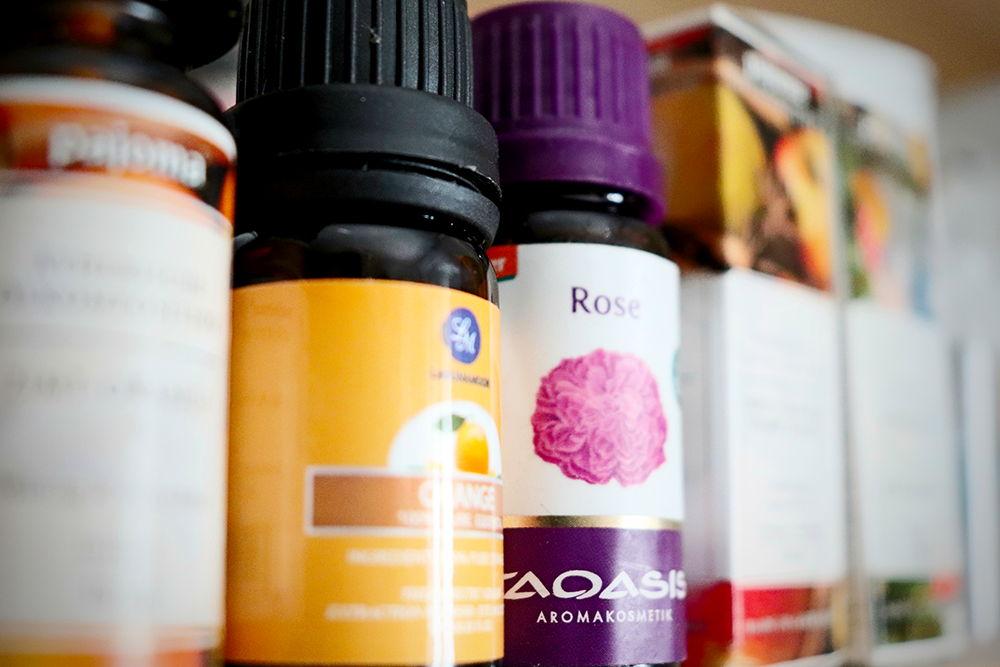
Safety First and Follow the Recipe
Before you begin soap making, it's essential to take safety precautions.
Always wear gloves and protective eyewear to avoid any accidents.
Lye, a crucial ingredient in soap making, is highly caustic and can cause severe skin and eye damage.
Make sure you work in a well-ventilated area and avoid inhaling fumes.
Also, make sure you follow the recipe precisely and use the correct ingredients.
Soap making is a science, and it's important to measure ingredients accurately and follow the process step-by-step.
While it's tempting to add your own twists to a soap recipe, it's essential to follow the recipe's proportions and instructions accurately because changing the recipe can affect the soap's texture, scent, and even safety.
If you're new to soap making, start with a simple recipe and avoid using oils that are prone to accelerating trace.
Different processes require different ingredients and steps, so be sure to read up on your chosen technique before you get started.
For instance, cold process soap requires the use of lye and heat, while melt-and-pour soap does not.
The hot process soap needs to be cooked for about an hour, and the cold process soap needs 48 hours of curing before it's ready for use; melt and pour soaps can be used immediately after they cool down.

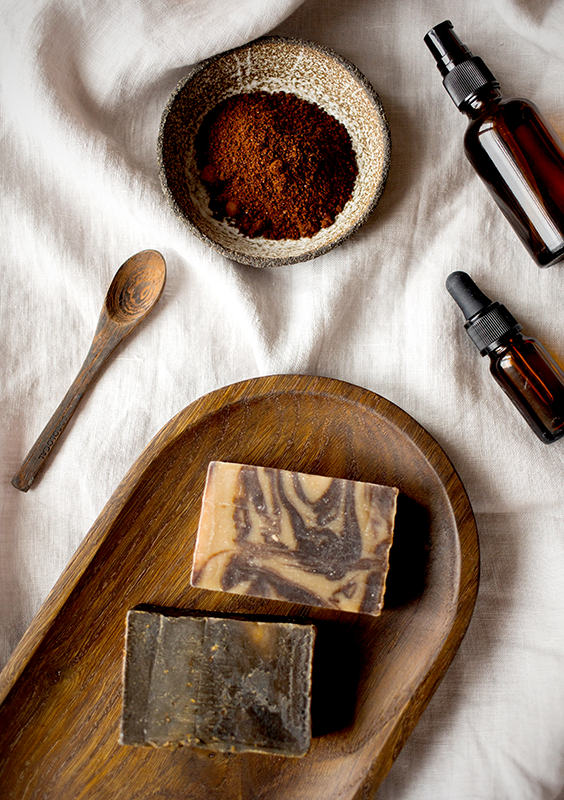
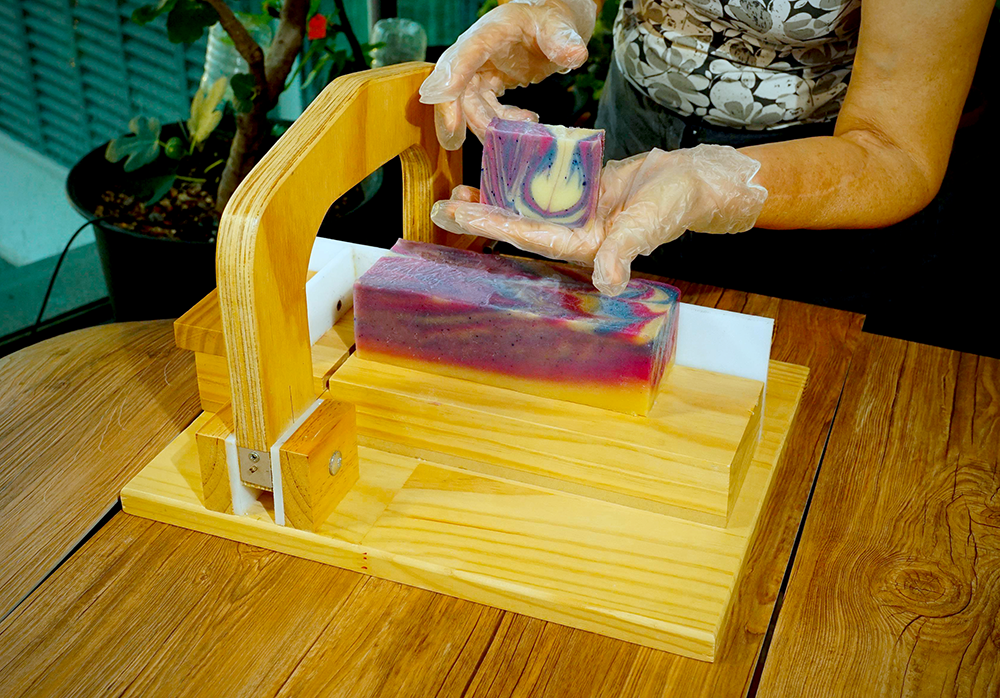
Pay Attention to Temperature and Humidity
Soap making involves a chemical reaction between lye and oils, which requires specific temperatures and humidity levels.
Keep a thermometer and a hygrometer handy, and make sure to work in a well-ventilated area.
Temperature plays a crucial role in soap making, and it's essential to know the right temperature ranges for each stage of the process.
The ideal temperature for combining oils and lye is around 100-110°F, and the soap mixture should be stirred until trace forms at around 120-135°F.
Finally, the soap should be poured into molds when the temperature is around 110-125°F.
Humidity levels should also be monitored carefully, as high humidity can cause the soap to form a thick layer of glycerin on top.
This will affect the soap's texture, lather, and overall quality.
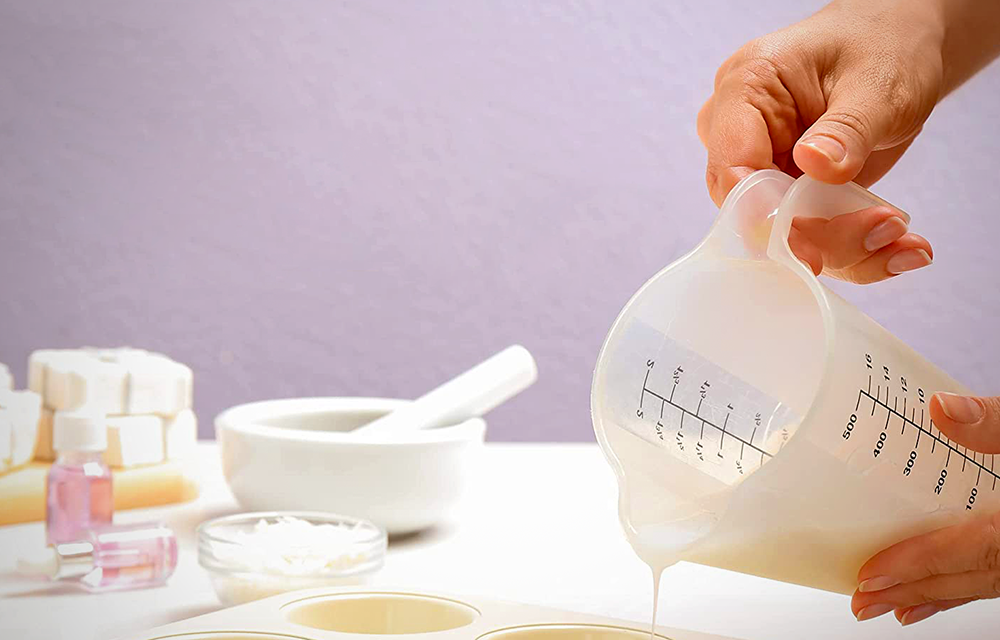
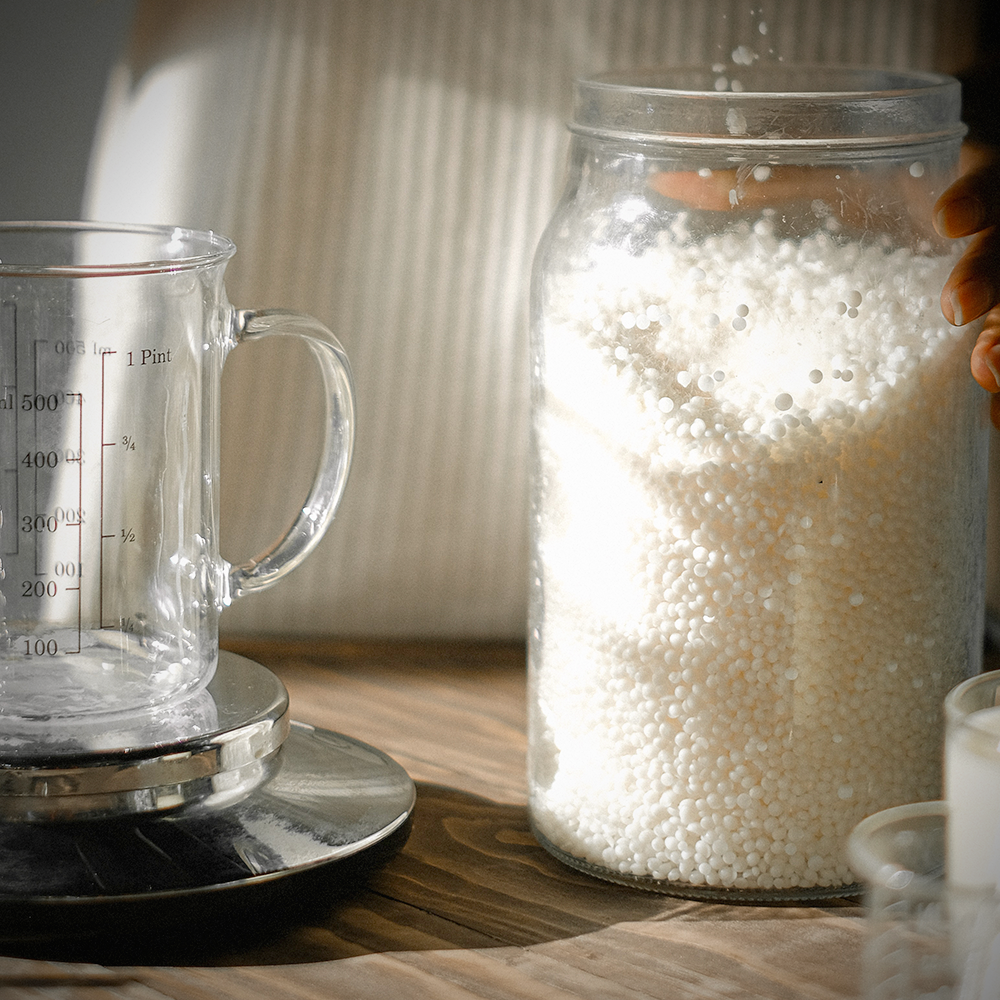
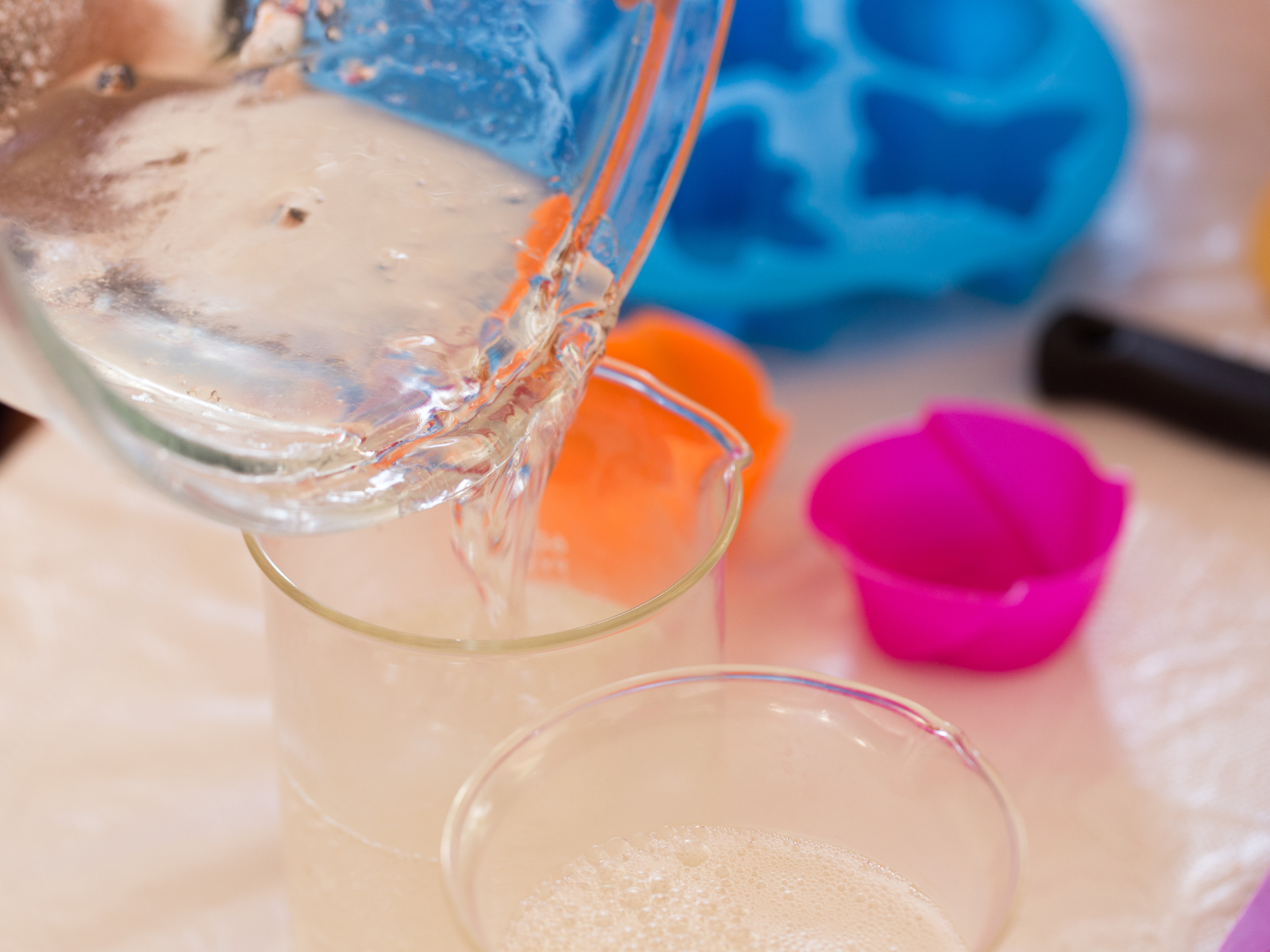
Experiment with Different Molds and Supplies
Soap doesn't have to be rectangular or round.
There are plenty of molds available in different shapes and sizes, from hearts to stars to animals.
You might also want to try layering different colors and textures for a unique effect.
For a more professional finish, use supplies like soap molds, wooden loafslicers, and soap cutters to create even slices of soap.
Also, make sure to use the right supplies for unmolding and curing your soaps.
Silicone molds are ideal for unmolding, as they can easily be peeled away from the soap.
Mixing lye and oils by hand can take a long time and result in uneven texture.
A stick blender can speed up the process and create a smooth, creamy batter.
And for curing and storing your soaps, use a cool dry place and airtight containers.
Plus, soap makers often use an immersion or laboratory thermometer to keep track of the soap's temperature.
Soda ash, a harmless white film that forms on the surface of cold process soap, can be prevented by using sodium lactate or a liquid salt solution, whereas soap frosting, or glycerin rivers, can be prevented by keeping the soap's temperature below 120°F.
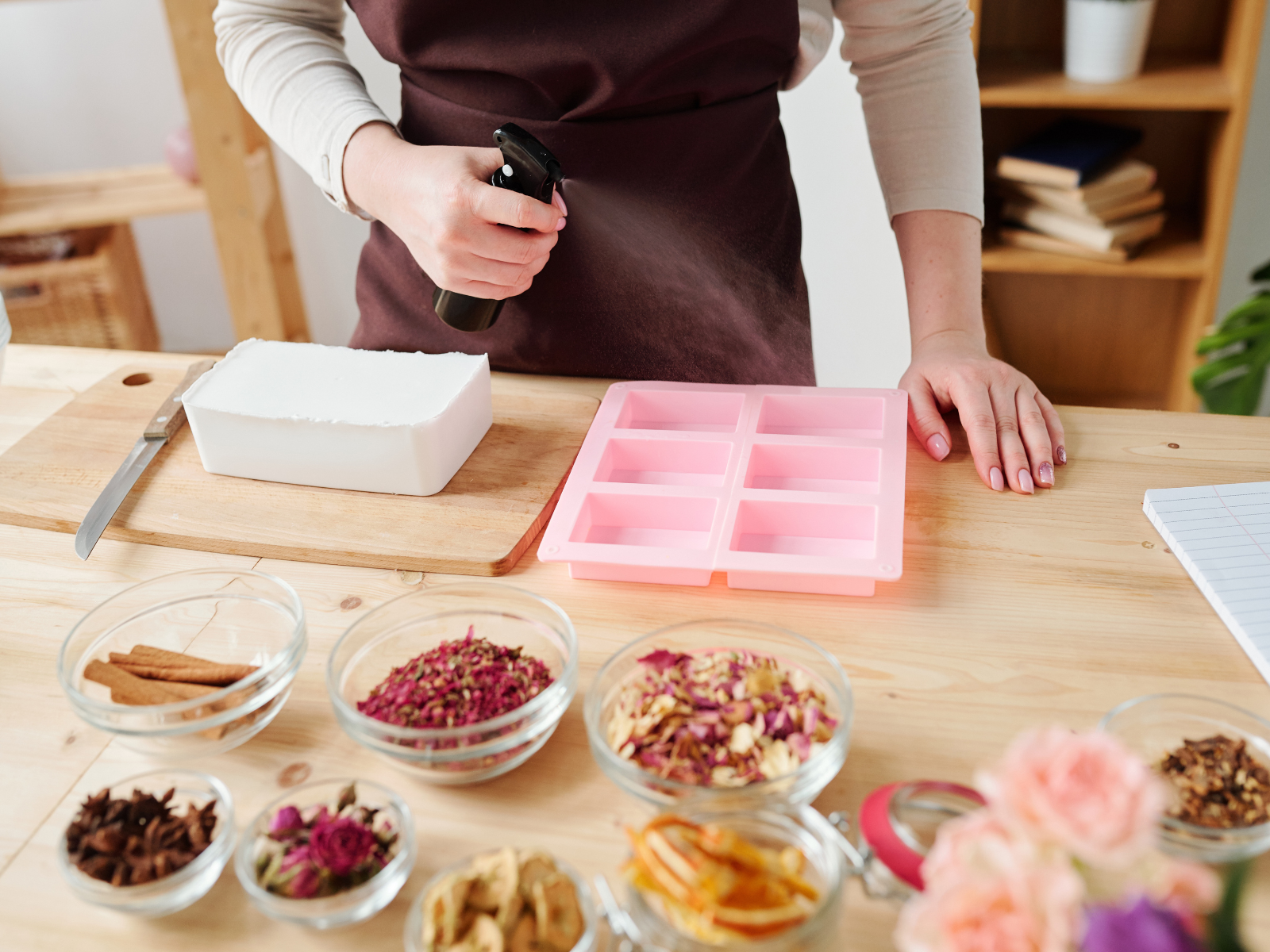
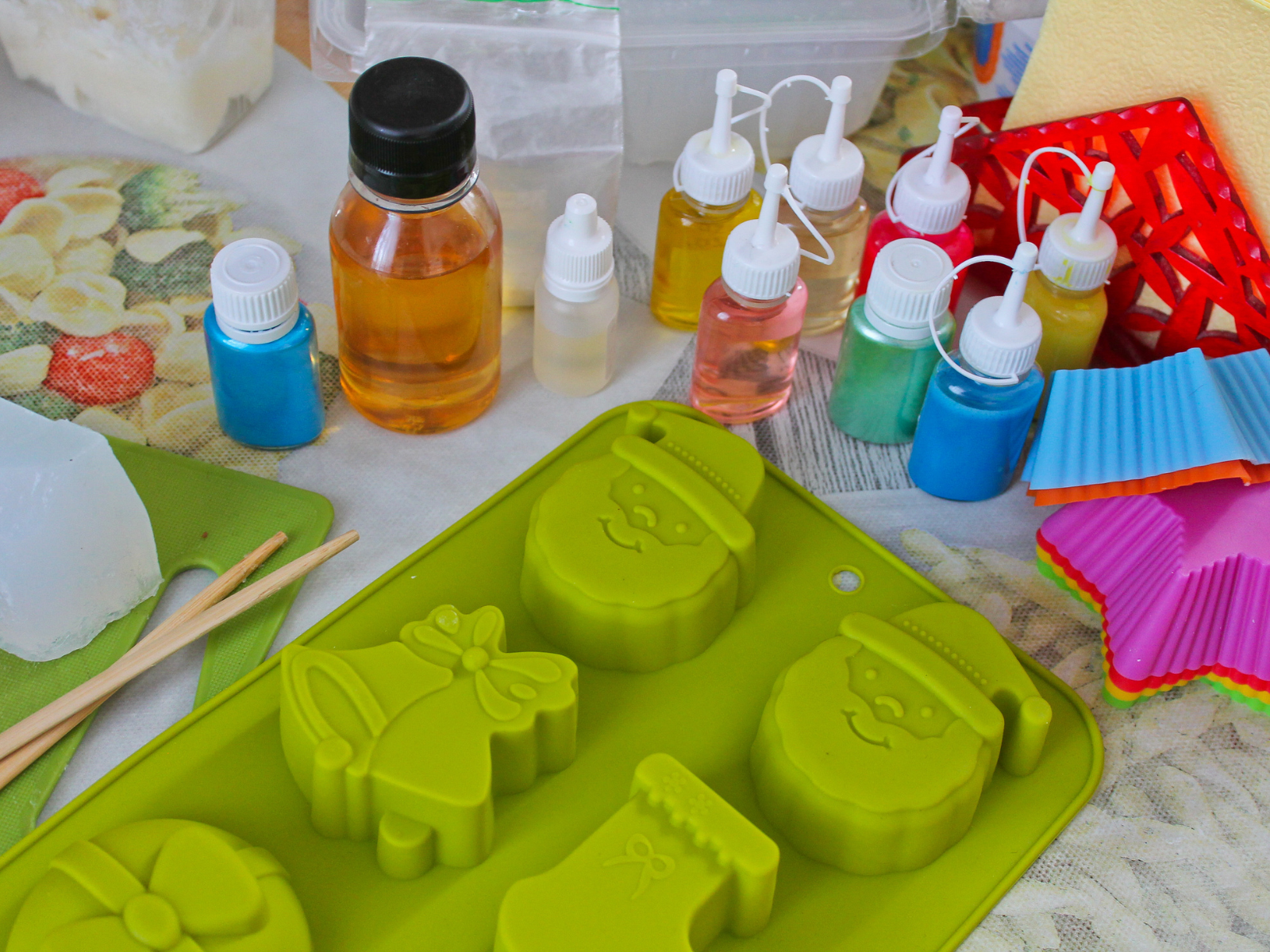
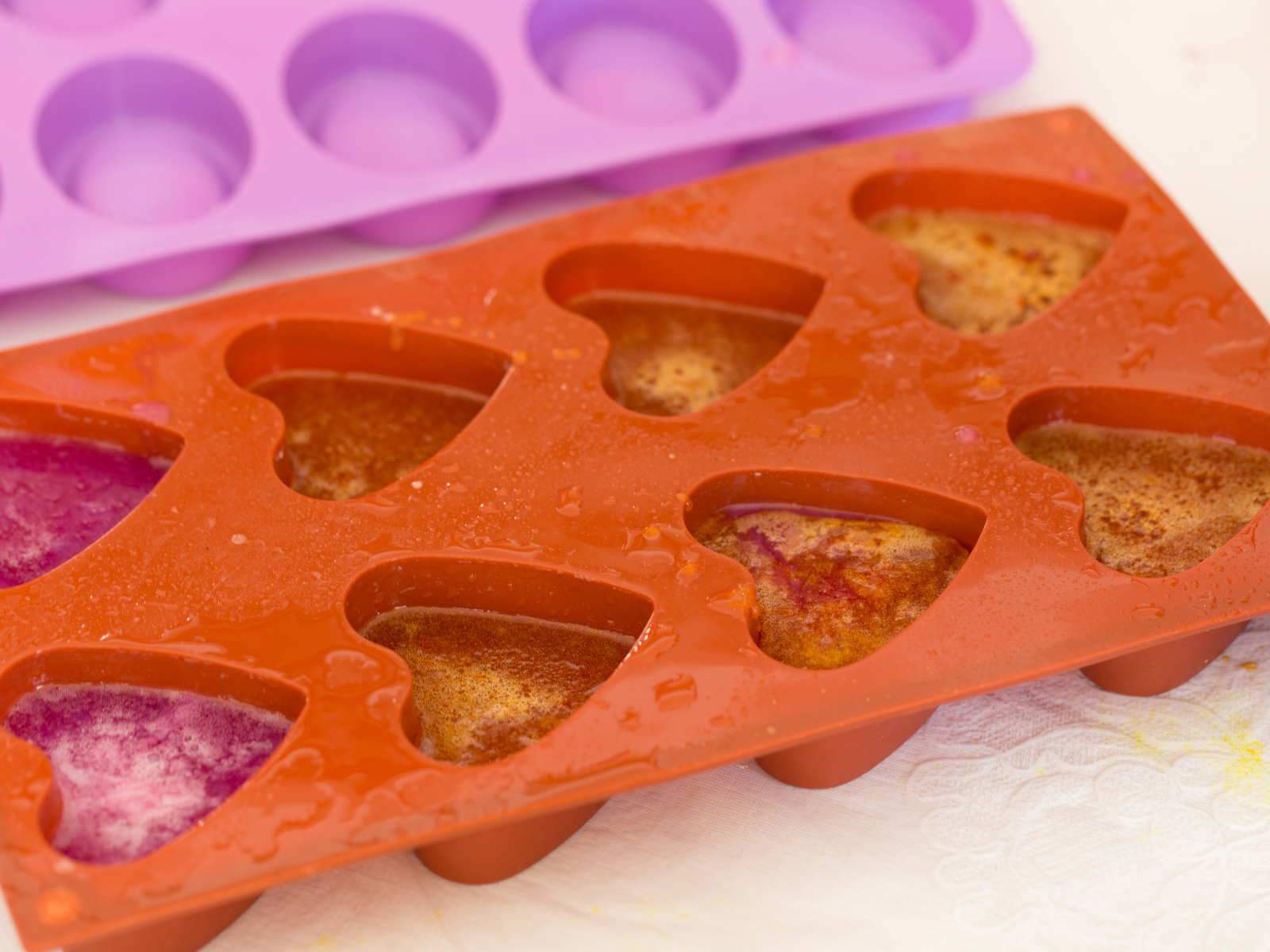
Let the Soap Cure and Age
Freshly made soap might be tempting to use right away, but it's not fully cured yet.
Soap needs to cure for at least four weeks before it's ready to use, as it needs time to evaporate excess water and become harder and milder.
After the soap has been poured into molds, it's time for it to cure.
Curing allows the soap to harden and allows the excess water to evaporate, resulting in a harder, longer-lasting soap bar.
The ideal curing time for most soap recipes is four to six weeks, but some soaps, such as castile soap, can take up to six months to cure fully.
During this time, the soap should be stored in a cool, dry place and turned regularly to allow air circulation.
Once the soap is cured, it can be used and enjoyed!
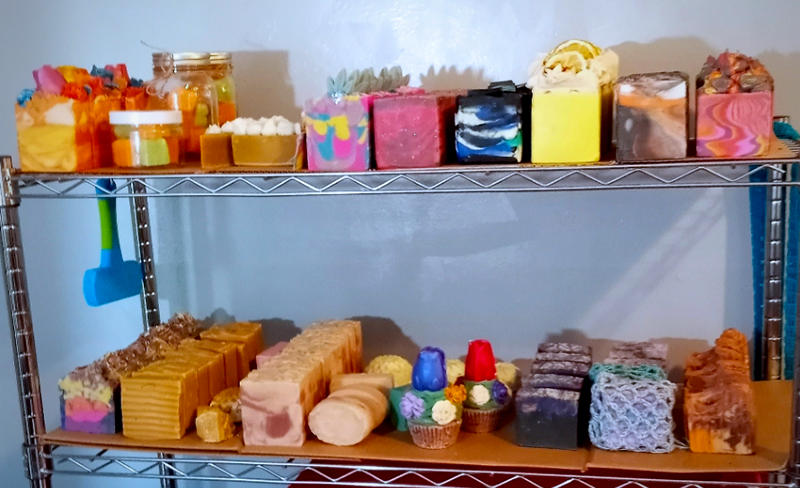
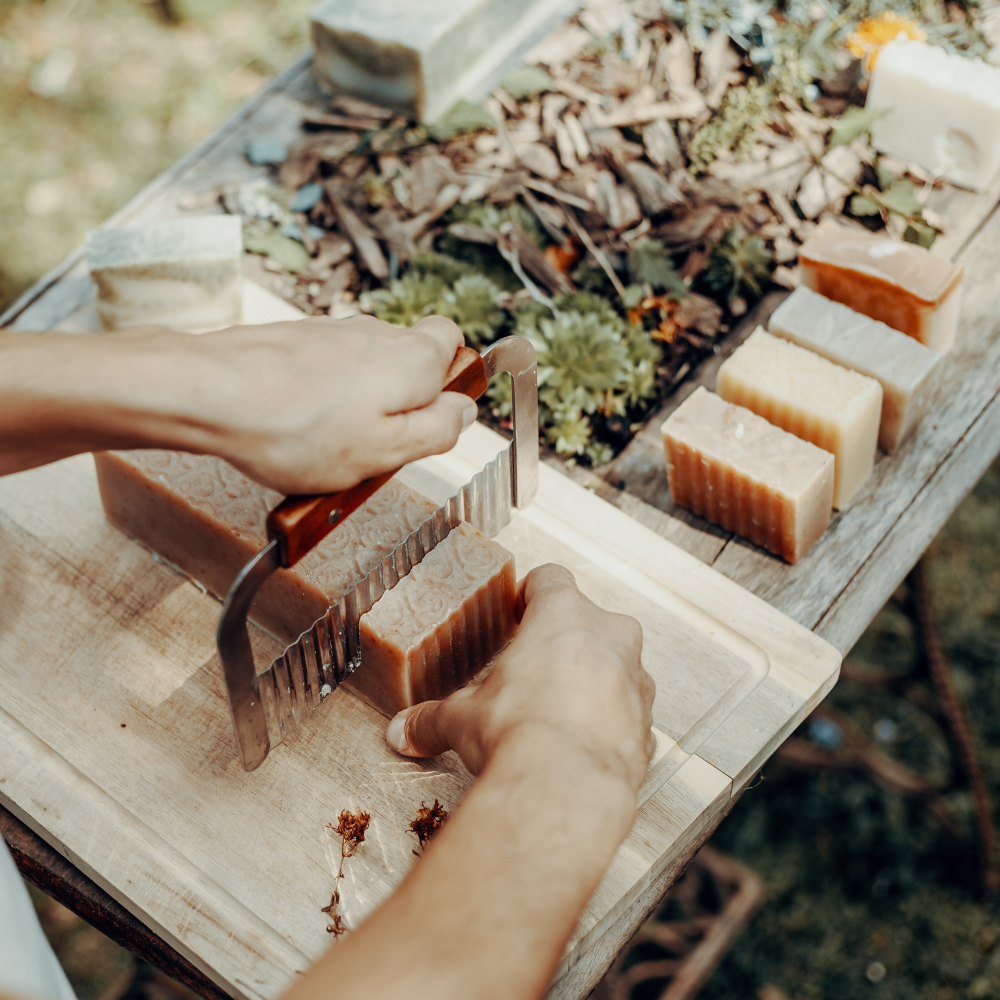
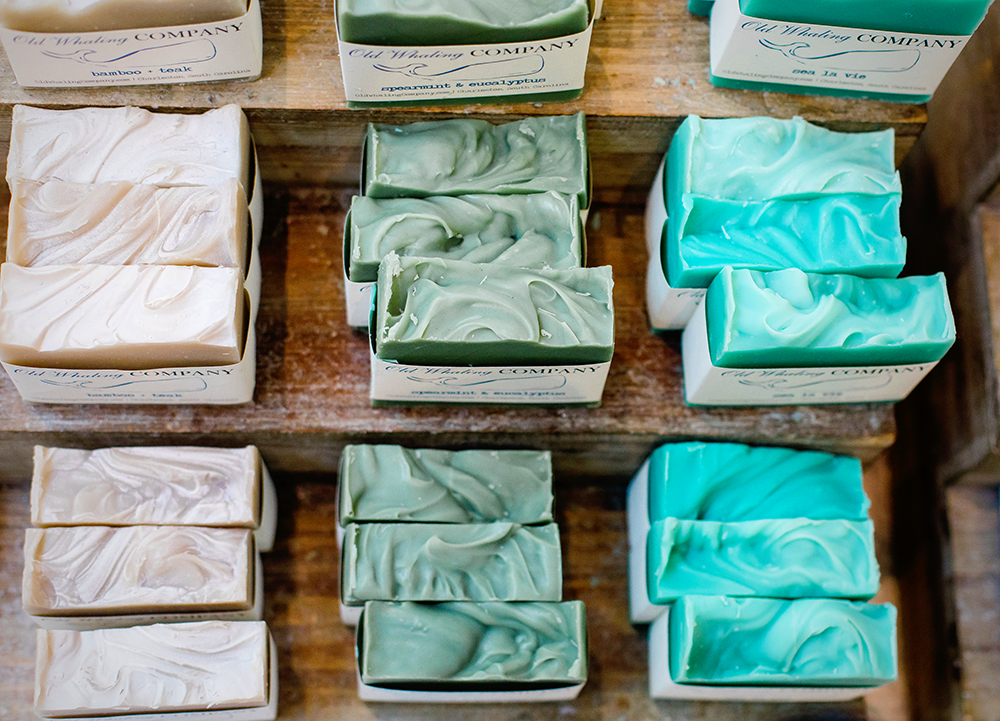
Label Your Soap Clearly and Share Your Soap-making Journey
Once your soap is cured and ready to use, make sure to label it clearly with the date and ingredients.
This is not only useful for personal reference, but also important if you plan to sell your soap for legal and safety reasons.
Soap making can be a solitary hobby, but it doesn't have to be; it's a fun, creative craft that can be enjoyed by all ages.
Join online communities, attend workshops, or organize soap-making parties with friends and family.
You might learn new techniques, get feedback on your creations, or even inspire someone else to start soap making.
Share your soap-making journey with friends, family, and on social media; take photos of your final product and show off the unique beauty of your handmade soaps!
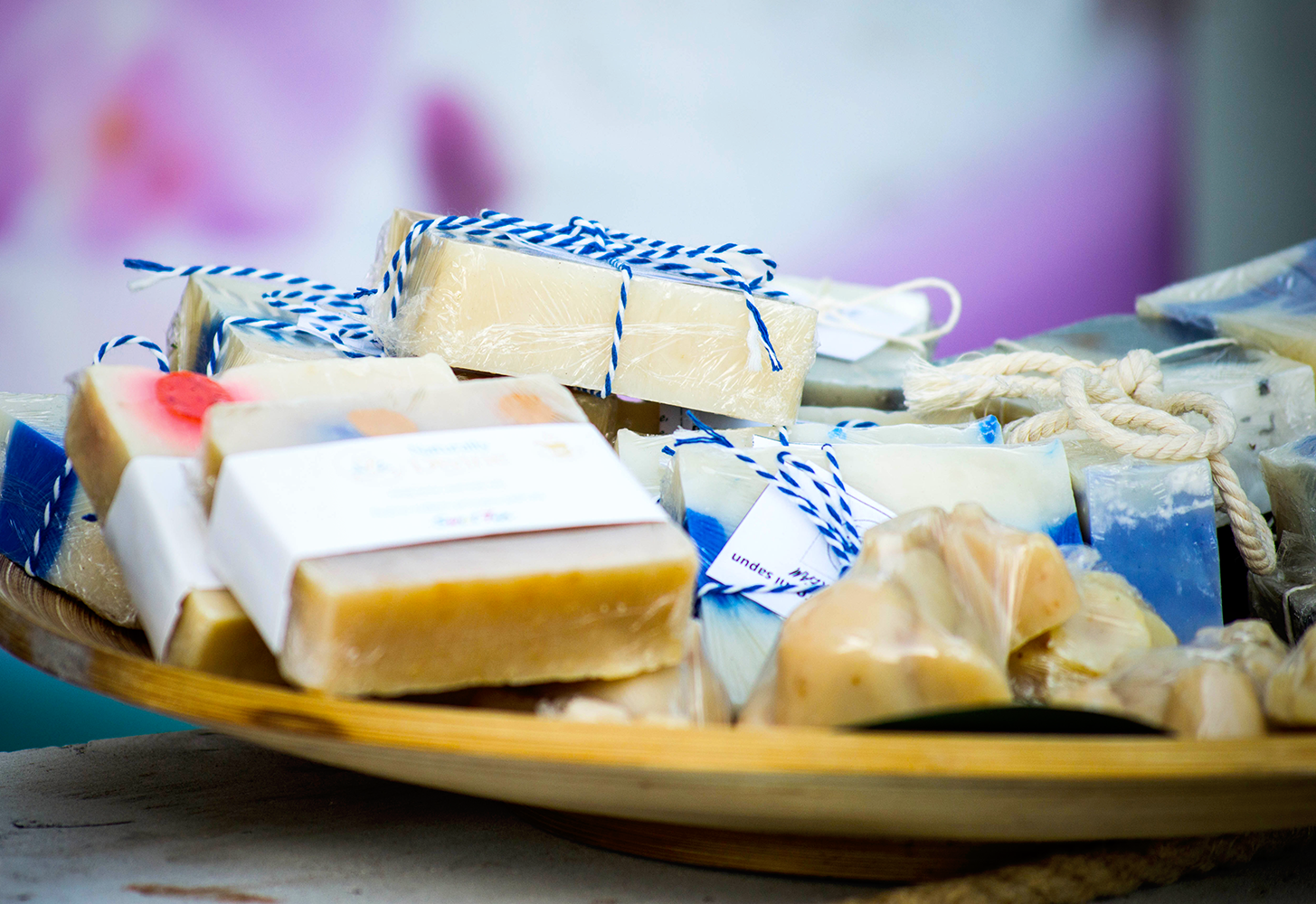
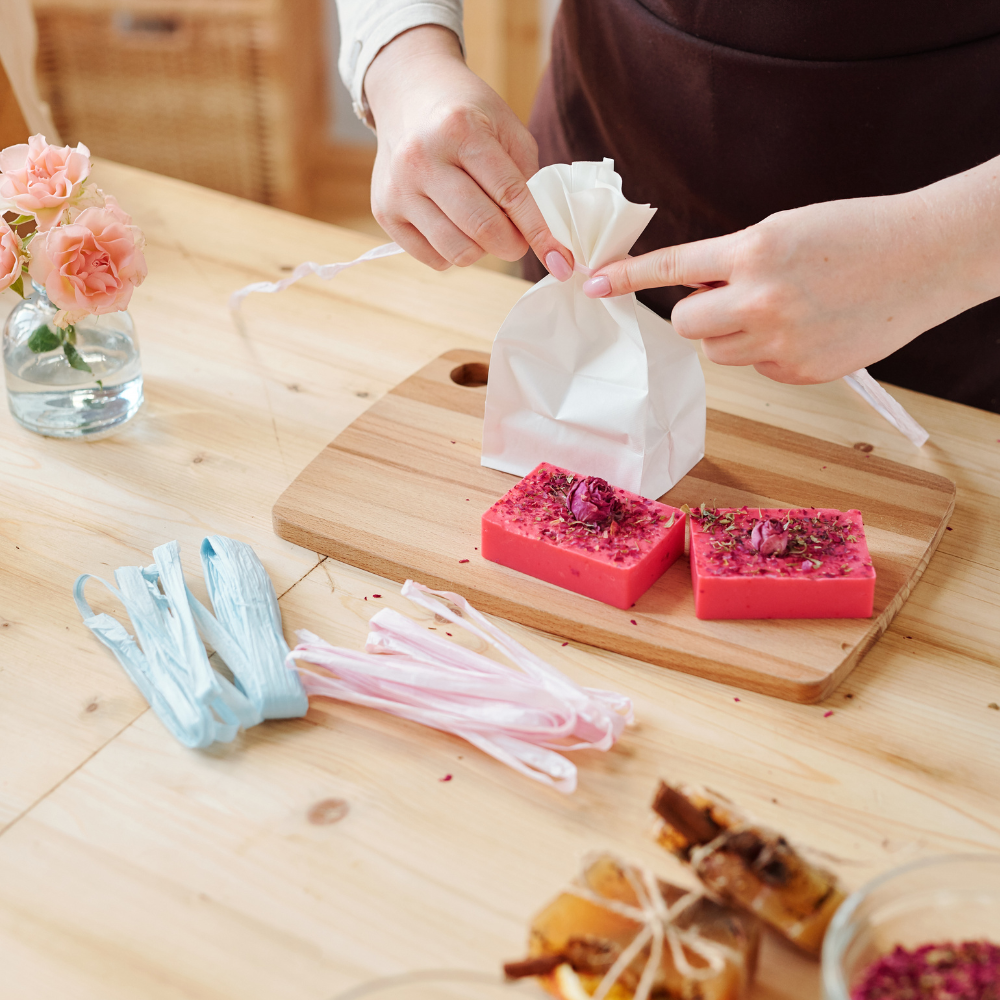
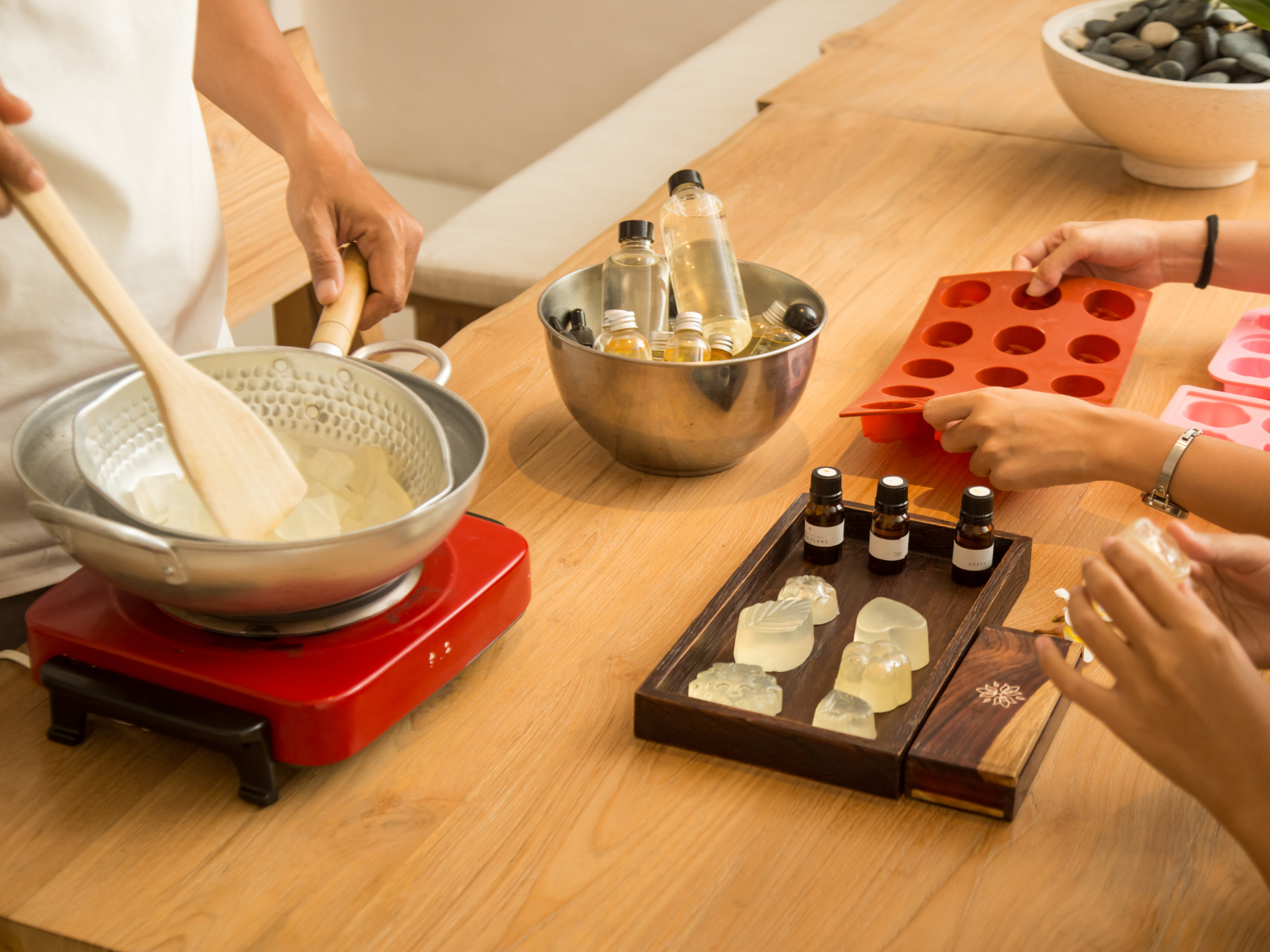
Enjoy the Process and Have Fun!
Last but not least, don't forget to enjoy the soap-making process and have fun with it.
Experiment with different scents, colors, and textures, and don't be afraid to make mistakes - they can often lead to unexpected and beautiful results.
Soap making can be a therapeutic and creative outlet, and it's a fun way to express yourself and make practical, beautiful products.
If you're an artist who loves to experiment, then why not try your hand at soap making!
Making soap is a fun and creative way to unleash your inner DIY enthusiast, and there are endless possibilities when it comes to creating your own unique blends.
Whether you are a seasoned soap maker or just starting out, we have compiled the ultimate list of soap making tips to help you take your creations to the next level.
Creating your own soap from scratch is a unique experience that can bring joy and satisfaction.
So, why not give it a try?
Who knows - you might just discover your inner creative scientist!
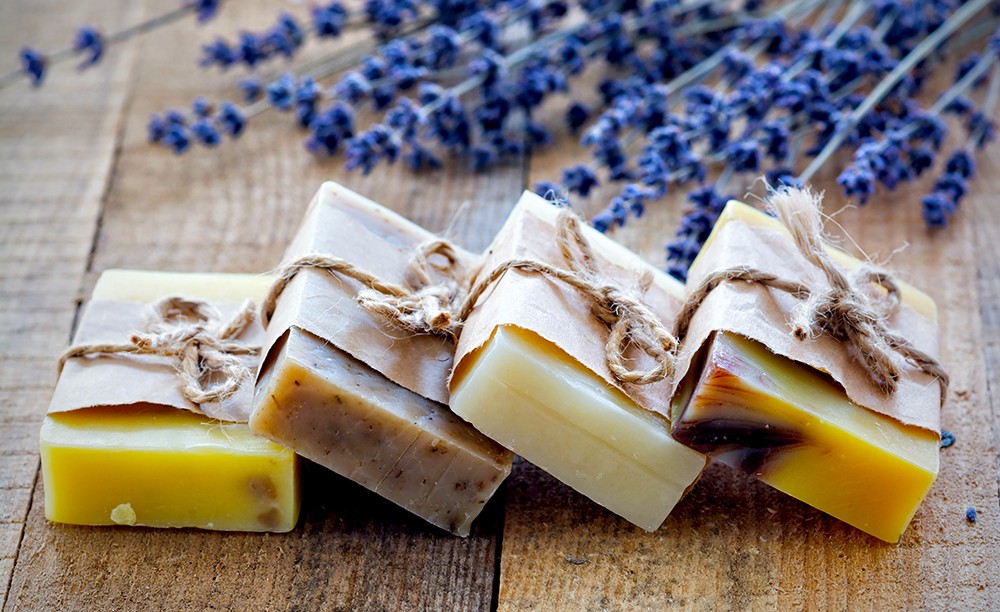
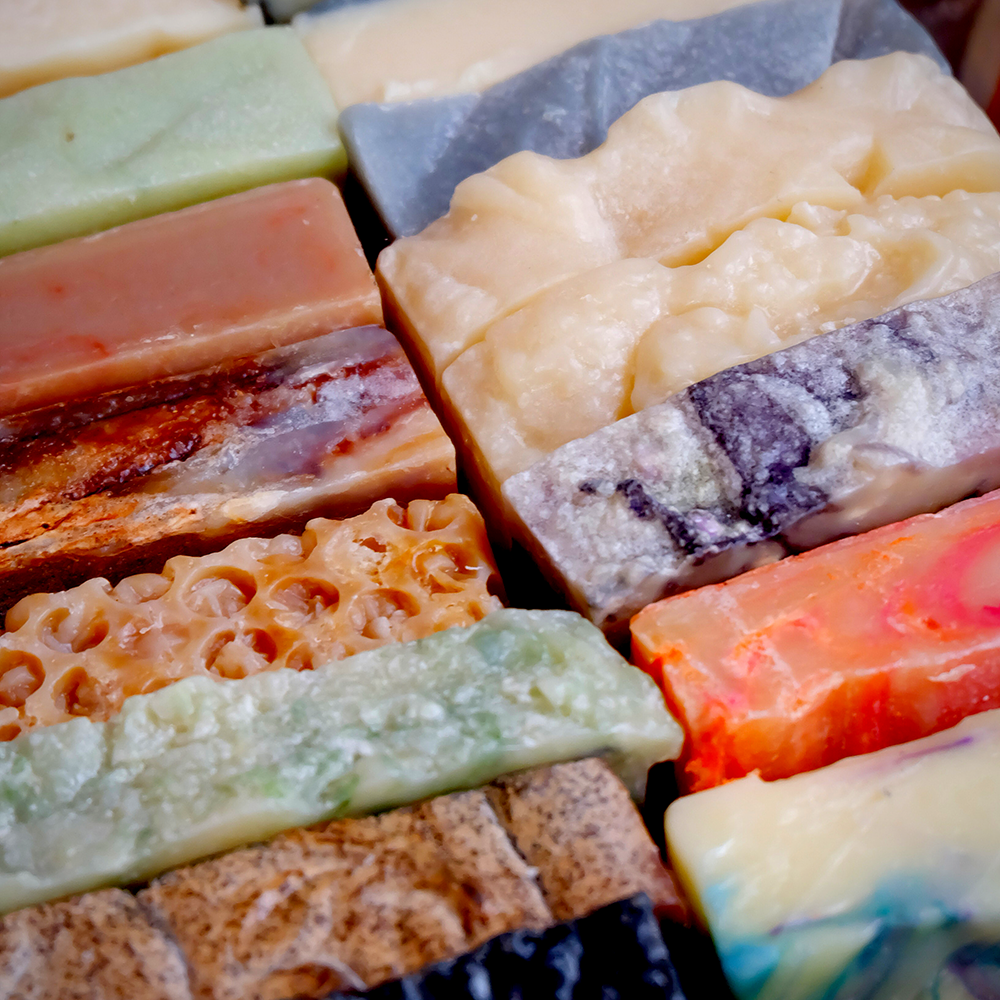
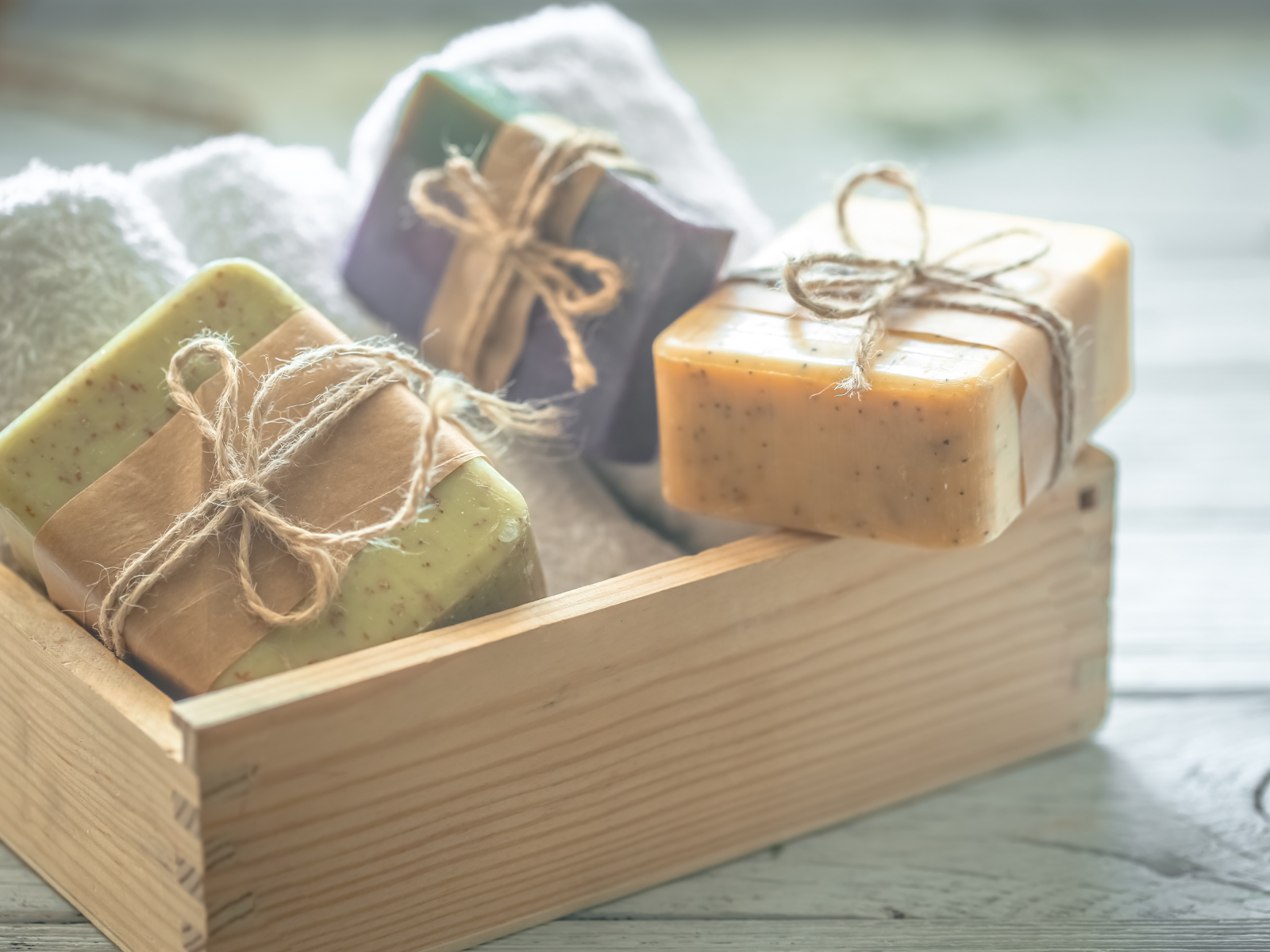
Creating Delightful DIY Soaps
Crafting your own soap can be a thrilling pastime for creative minds, and a great way to express yourself.
Soap making involves precise measurements and requires some safety precautions, but with the right ingredients, tools, and knowledge, anyone can make their own bubbly clean creations.
By following these handy soap making tips, you will be able to craft beautiful and secure soaps that reflect your unique aesthetic and personality.
Most importantly though, have fun during this hands-on process; enjoy every moment of it and be proud of what you've accomplished.
With a little bit of practice and creativity, you'll be making beautiful soap bars in no time!
So, let your imagination run wild, and have fun creating delightful DIY soaps!
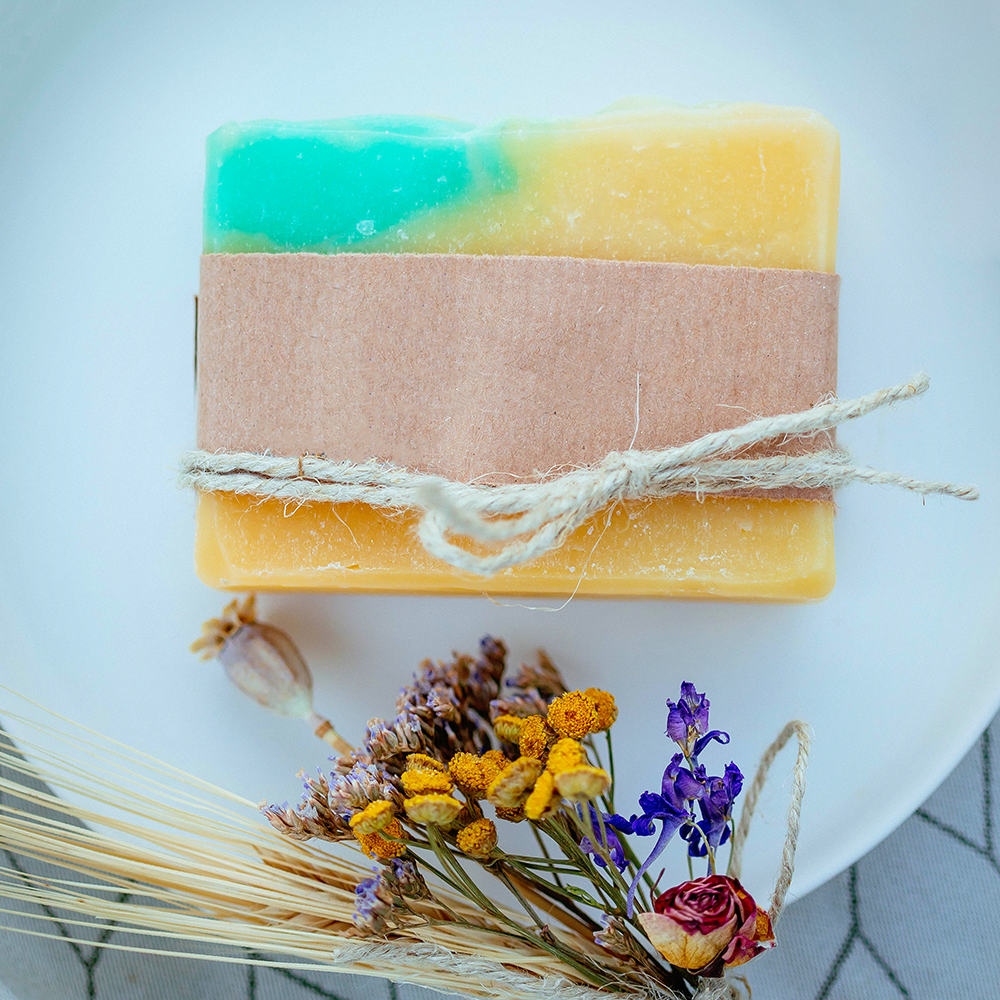
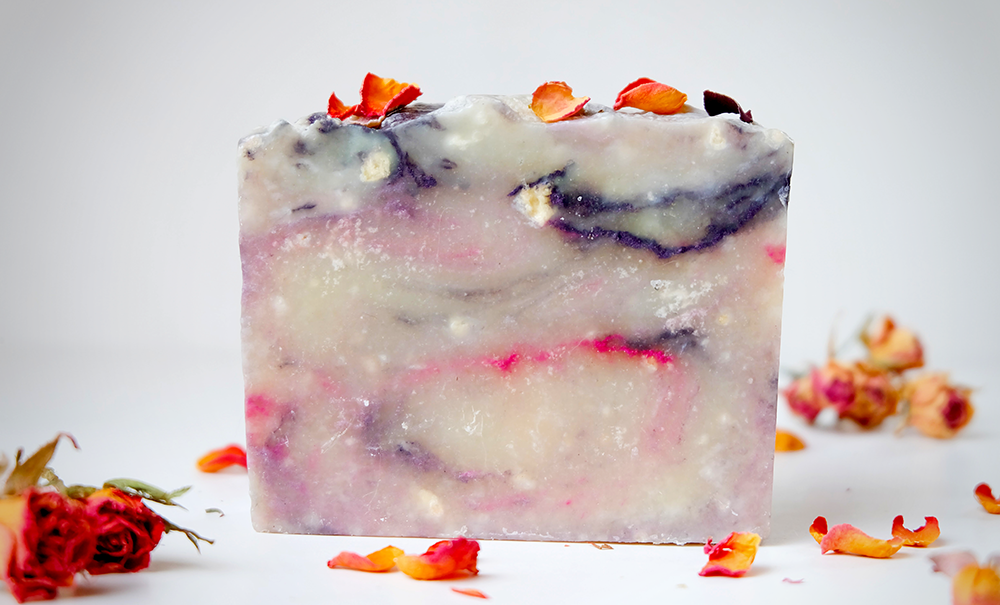
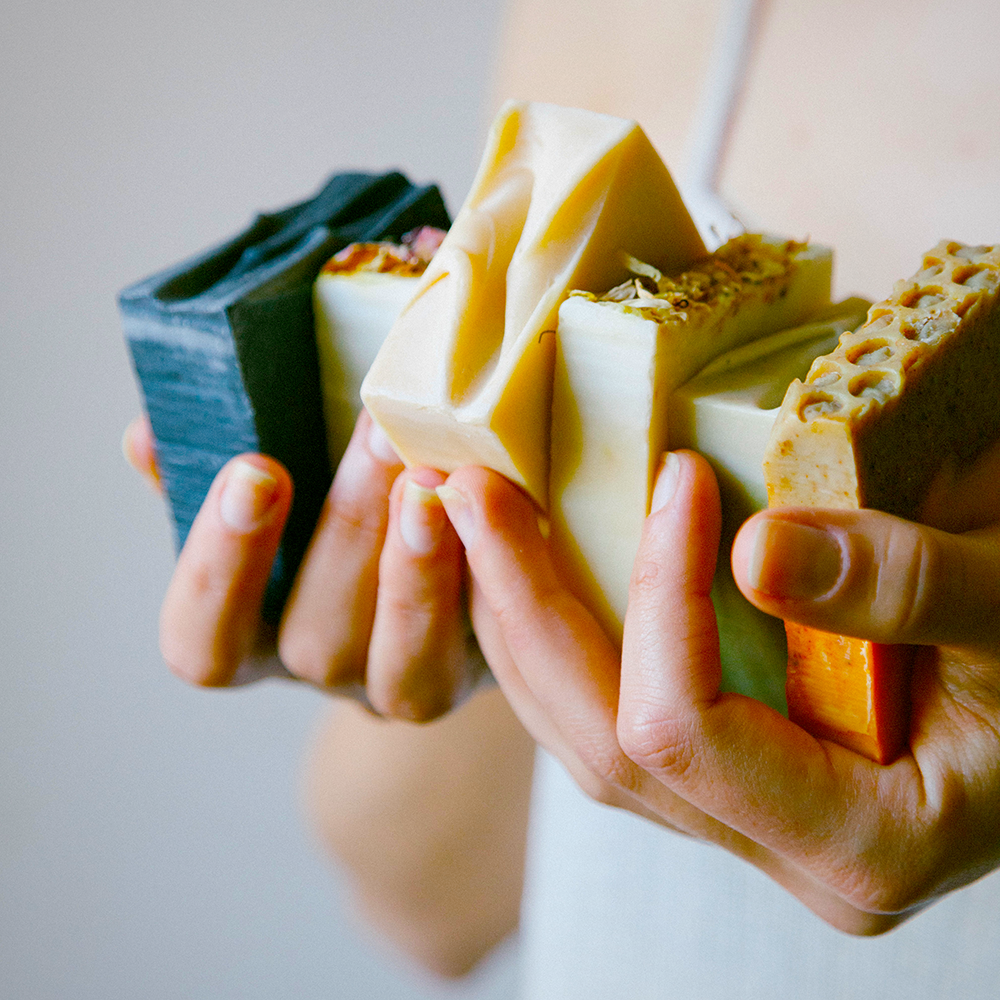
Looking to dive into soap making and create phenomenal soaps? Check out Bramble Berry's video!
Want even more content about creativity and art?
Be sure to check out all of our creative chronicles!
Interested in soap making?
You might want to check out some of our other supply articles:
